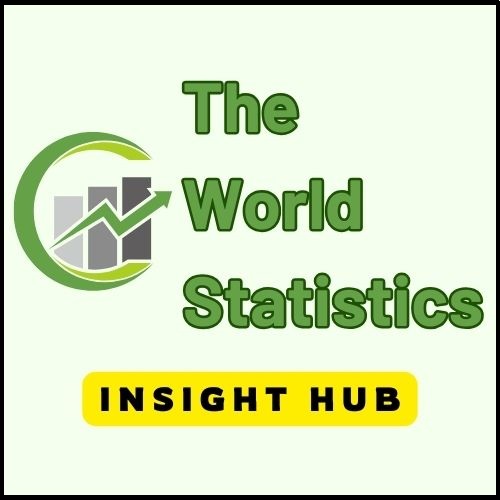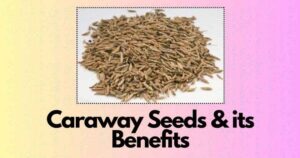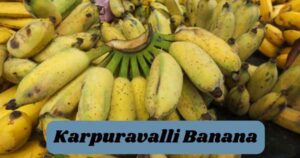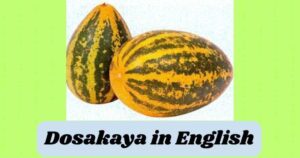Copra Market Rate Today in Tiptur, Arsikere
Tiptur Copra Price – ₹8,800 (Avg Price per quintal)
Arsikere Copra Rate – ₹8,341 (Avg Price per quintal)
Bangalore Copra Rate – ₹10,500 (Avg Price per quintal)
Turuvekere Copra Rate – ₹8,700 (Avg Price per quintal)
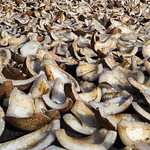
What is Copra?
Copra, derived from the dried kernel of coconuts, is a versatile and valuable commodity with a wide range of applications. When we refer to “copra,” we are talking about the dried meat or kernel of a coconut. This product is essential in the production of coconut oil, which is a staple in cooking, skincare, and biofuel production. The benefits of copra go beyond oil extraction; it is also used in making soaps, cosmetics, and animal feed.
For those interested in sustainable living or natural products, understanding the process of copra production and its benefits can be enlightening. Copra not only offers economic opportunities for farmers but also supports various industries that depend on coconut-derived products. Its significance in the market is undeniable, making it a key player in the agricultural sector.
As consumers become more conscious of the products they use and their environmental impact, the demand for sustainable and natural ingredients like copra continues to rise. This trend reflects a growing interest in supporting local farmers and industries that prioritize eco-friendly practices. Stay tuned to learn more about the copra market trends and how they impact both consumers and producers in the industry.
Introduction to Copra Market
The copra industry plays a vital role in various sectors, ranging from cooking to skincare and biofuel production. Derived from the dried kernel of coconuts, copra serves as the foundation for coconut oil, a versatile product with widespread applications. Its significance extends beyond oil extraction, as copra is also utilized in the manufacturing of soaps, cosmetics, and animal feed.
When delving into the copra market, it’s essential to understand the pivotal role that regions like Tiptur and Arsikere play in the industry. These regions are known for their high-quality copra production, contributing significantly to the overall market supply. The copra sourced from Tiptur and Arsikere is prized for its purity and consistency, making it a preferred choice for many consumers and businesses alike.
One key aspect that drives copra trading is the concept of tender rates. These rates reflect the current market value of copra and play a crucial role in determining prices and trade volumes. Understanding how tender rates are calculated and the factors that influence them is essential for both buyers and sellers in the copra market. Keeping a close eye on tender rates can provide valuable insights into market trends and help stakeholders make informed decisions regarding their copra transactions.
Understanding Tiptur & Arsikere Kobbari Tender Rates
Definition and Significance of Tender Rates
Tender rates in the copra market hold immense importance for buyers and sellers alike. These rates essentially represent the current market value of copra, serving as a key indicator for pricing decisions and trade negotiations. For consumers in Tiptur and Arsikere, understanding these tender rates is crucial for making informed purchasing choices. By keeping track of the fluctuating tender rates, buyers can gauge the best times to invest in copra products, ensuring cost-effectiveness and quality.
Factors Influencing Tender Rates Today
Various factors influence the tender rates of copra in Tiptur and Arsikere. Market demand, supply chain disruptions, weather conditions affecting crop yields, and global economic trends all play a significant role in determining these rates. Additionally, the quality and quantity of copra harvested in these regions directly impact the tender rates. By closely monitoring these influencing factors, stakeholders can anticipate market shifts and adjust their strategies accordingly to optimize their copra transactions.
Historical Analysis of Tiptur & Arsikere Kobbari Tender Rates
A historical analysis of tender rates in Tiptur and Arsikere provides valuable insights into market trends and patterns. By examining past data, industry experts can identify recurring cycles, seasonal variations, and long-term price trends. This analysis helps in predicting future market behavior, enabling businesses to make proactive decisions regarding copra trading. Understanding the historical context of tender rates allows stakeholders to adapt to changing market conditions and capitalize on opportunities for growth and profitability.
Current Market Trends in in Tiptur & Arsikere
Analysis of Recent Tender Rates in Tiptur & Arsikere Kobbari reveals interesting insights into the current market trends. The fluctuation in tender rates reflects the dynamic nature of the copra market in these regions. Buyers and sellers are closely monitoring these rates to make informed decisions regarding their copra transactions.
Market Dynamics Affecting Today’s Copra Prices play a crucial role in shaping the tender rates. Factors such as changes in demand, supply chain disruptions, and global economic conditions are contributing to the volatility in copra prices. Understanding these dynamics is essential for stakeholders to navigate the market effectively and capitalize on opportunities for profitable trade.
Seasonal Variations and Predictions also play a significant role in determining the current market trends. As the seasons change, so do the conditions for copra production, leading to fluctuations in prices. By analyzing past seasonal variations and making predictions based on historical data, industry experts can anticipate future price movements and adjust their strategies accordingly.
The copra market in Tiptur & Arsikere is a dynamic environment influenced by a myriad of factors. Keeping abreast of the latest market trends and staying informed about recent tender rates is essential for all stakeholders involved in copra trading. By staying proactive and adaptable to changing market conditions, businesses and consumers can make the most out of the opportunities presented by the copra market in these regions.
Regional Insights
Exploring the Tiptur & Arsikere Kobbari market provides valuable regional insights into the copra industry. The market overview reveals a dynamic landscape influenced by various local factors and regional variations in tender rates. Understanding these nuances is crucial for stakeholders looking to navigate the copra market effectively.
Regional Variations in tender rates highlight the unique dynamics at play in Tiptur & Arsikere. Factors such as local weather conditions, transportation costs, and proximity to production areas can significantly impact tender rates. By closely monitoring these variations, traders and buyers can make informed decisions to optimize their copra transactions and maximize profitability.
Local Factors play a pivotal role in shaping market trends in Tiptur & Arsikere. From agricultural practices to market demand, a range of local influences can affect copra prices and availability. Stakeholders must stay attuned to these factors to adapt their strategies accordingly and stay competitive in the local market.
Industry Perspectives
Expert Opinions on Copra Market Trends are crucial for industry players in Tiptur & Arsikere to stay ahead of the curve. Industry experts provide valuable insights into the ever-changing landscape of the copra market, offering predictions and analysis that can guide traders and businesses in making informed decisions. By keeping abreast of these expert opinions, stakeholders can adapt their strategies proactively, anticipate market shifts, and capitalize on emerging opportunities.
The Regulatory Environment plays a significant role in shaping tender rates in the copra market. Understanding the regulatory framework governing copra production and trade is essential for stakeholders to navigate the market effectively. Changes in regulations can have a direct impact on tender rates, influencing supply and demand dynamics. By staying informed about regulatory developments, industry players can adjust their operations to comply with requirements and mitigate risks associated with regulatory changes.
Consumer Demand is a key driver of market trends in Tiptur & Arsikere. Monitoring consumer preferences and market demand is essential for businesses to align their offerings with the needs of the market. By staying attuned to consumer demand patterns, industry players can tailor their products and services to meet market expectations, ensuring sustained profitability and growth in the copra industry.
